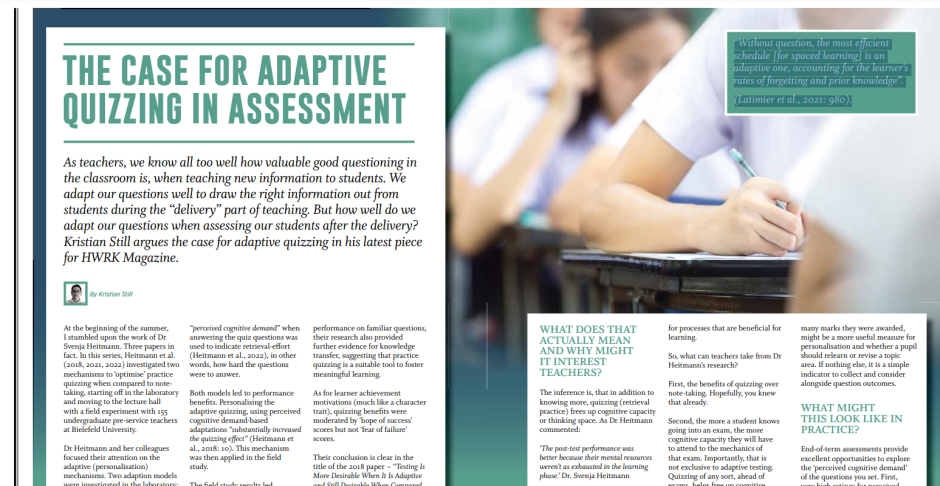Working with RememberMore, focusing on the pupils encoding and use of new vocabulary and reading ‘Ready to Teach: A Christmas Carol,’ I have been reviewing the test-enhanced learning routines for acquiring the copious amounts of new vocabulary and powerful words for Dickens’ masterpiece.
According to verbalworkout.com there are 358 discrete words to consider, plus a handful of ‘powerful words’ that I believe are essential (17), e.g. purgatory, moral plus knowledge (that includes powerful words) such as ‘treadmill’ and ‘workhouse’ that are either attached to ‘Context’ or the ‘Theme’ tags in the deck.
I will spare you the rationale. You know why words are so important.
The limit of your language is the limit of your thinking, the limits of your world. Without an understanding of the meaning of words, how can a pupils think about the text.
Of course, it is not viable to pre-teach and introduce almost 400 vocabulary items. Is it? In fact I believe it would be unwise. Therefore:
- Defining the knowledge to be learned. In this case the pot line, and also the essential text-based, powerful and contextual vocabulary.
- Not a straightforward task.
- Deciding when and how to introduce the vocabulary.
- Potentiating or encoding vocabulary, before making efforts to maintain and revisit it.
- Starting with MATCH tasks, then overt recall, then covert recall
- Pre-reading, during reading, and after reading.
- Being able to display these words and the word syllabification on the board and access them quickly, definitely encourages production.
Which brings me to the Becoming Educated podcast episode – Ready to Teach: A Christmas Carol with Amy Staniforth & Stuart Pryke where I was reminded of the ‘Read, Re-read and Read Again’ approach. There is no need for me to go into great detail as Stuart Pryke himself covers it here.
- Pre-reading activities
- Read the text
- Re-read the text, substituting words for their definitions
- Read again
Connecting the dots
- Encoding new knowledge, needs some prior knowledge to stick to. Hence the routine.
- The vocabulary will need revisiting. Then maintaining.
- Production effects support encoding and encourages use and reuse.
- Comfortable comprehension is the aim
“Studies have measured readers’ tolerance of unfamiliar vocabulary, and have estimated that readers need to know about 98% of the words for comfortable comprehension.”
The Reading mind – Daniel Willingham
So what?
Even this short opening extract from A Christmas Carol below requires a good deal of teacher intervention.
Marley was dead: to begin with. There is no doubt whatever about that. The register of his burial was signed by the clergyman, the clerk, the undertaker, and the chief mourner.
A Christmas Carol – Stave 1
Three words possibly four (as my class did not know what an undertaker was and he appears in Stave 4 remember) and a comprehension comfort shortfall of 10%.
So here is the crux of my dilemma. 31,000 words. 358 words. An estimated 87% comfort. That means a good deal of explicit vocabulary teaching – and a hefty investment of maintenance. Essentially what I am asking myself is, what are the clear benefits of reading the entire novella versus the benefits of an extract or play version approach (at Cantell School, the Y7 class really enjoyed reading the play version of Oliver Twist)?
No doubt we enjoying the novella.
ME: “Is the character of Scrooge – human?”
Pupil: “If to be human is to ‘live, laugh and love,’ then he is more dead than we realise.”
Class Discussion
Yet, I have my doubts.


